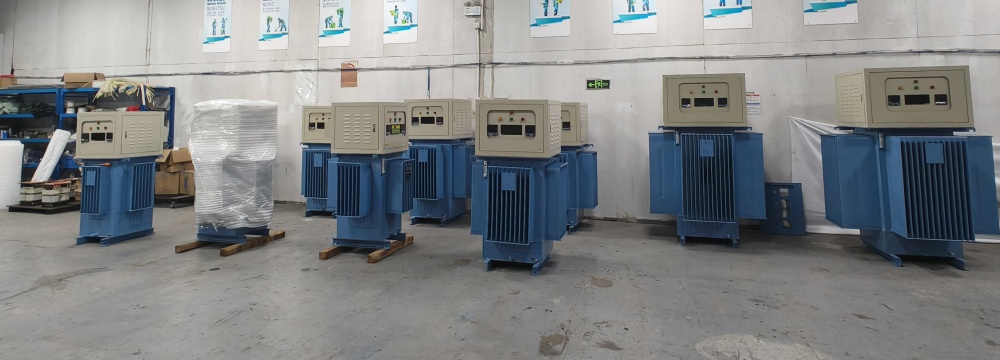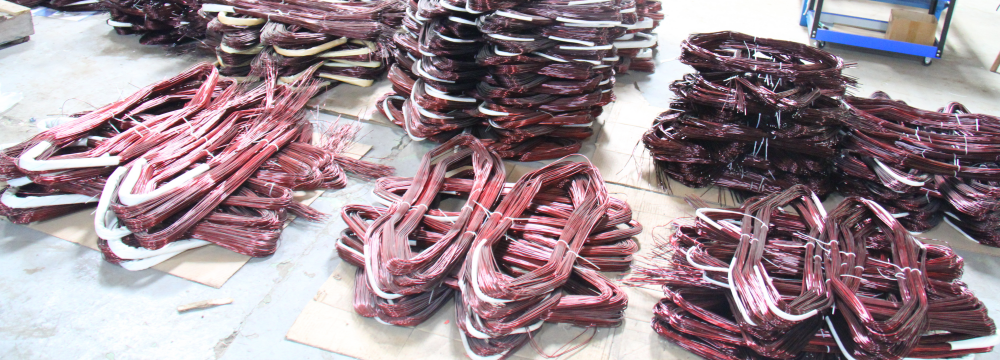Voltage regulators are essential equipment for electrical equipment, especially high-tech and precision equipment with strict voltage requirements. In order to enhance everyone's understanding of voltage regulators, this article will introduce the main functions of voltage regulators and precautions for voltage regulators. If you are interested in voltage regulators, you may wish to continue reading.
Main functions of voltage regulators
The following are the main functions of voltage regulators:
Stabilize output voltage: The voltage regulator can automatically adjust the output voltage to keep it stable. This is very important for circuits that require precise voltage control, because changes in input voltage may have a negative impact on the circuit.
Reduce power supply noise: The voltage regulator can reduce power supply noise and provide clean power supply signals, thereby reducing interference and noise in the circuit. This is very important in circuits that require high-precision signal processing.
Protect the load: The voltage regulator can protect the load from excessively high or low voltages, thereby protecting the components and devices in the circuit. This is very important for circuits that need to work reliably for a long time.
Save energy: The voltage regulator can automatically adjust the output voltage within the input voltage range, thereby saving energy and reducing waste.
In short, the main function of the voltage regulator is to provide stable and reliable voltage output, protect the components and devices in the load and circuit, and save energy. This makes the voltage regulator widely used in many electronic equipment and applications.

Voltage regulator precautions
1. Avoid violent vibration, prevent corrosive gases and liquids from flowing in, prevent irrigation and place in a ventilated and dry place, and do not cover with fabric to hinder ventilation and heat dissipation.
2. Please use a three-pin (grounded) socket, and the grounding screw on the machine must be properly grounded. Otherwise, the casing will be charged when tested with a tester. This is caused by the induction of distributed capacitance. It is a normal phenomenon and can be eliminated by grounding. If the casing has serious leakage and the insulation resistance is less than 2MΩ, it may be that the insulation layer has been damp or the line and the casing are short-circuited. The cause should be found out and the fault should be eliminated before use.
3.0.5 ~ 1.5KVA low-power voltage regulator uses fuse for overcurrent short-circuit protection, 2 ~ 40KVA voltage regulator uses DZ47 circuit breaker for overcurrent and short-circuit protection. If the fuse often blows or the circuit breaker often trips, check whether the power consumption is too large.
4. When the output voltage exceeds the protection value (the phase voltage protection value is adjusted to 250V±5V at the factory), the voltage regulator automatically protects and cuts off the output voltage of the voltage regulator. At the same time, the overvoltage indicator light is on. The user should immediately shut down and check the grid voltage or voltage regulator. If the voltage regulator automatically powers off (there is input but no output), check whether the mains voltage is higher than 28OV. If it is lower than 280V, check whether the voltage regulator is faulty. Use it after finding out the cause.
5. If the output voltage of the voltage regulator deviates from 220V by a lot, please adjust the potentiometer on the control board to the normal output voltage (the input voltage cannot be adjusted if it does not reach the voltage stabilization range).
6. When the mains voltage is often at the lower limit (<150V) or upper limit (>260V) of the voltage regulator input voltage, the limit micro switch is often touched, which is prone to control failure. At this time, the voltage regulator cannot adjust the voltage or can only adjust it higher (or lower). You should first check whether the micro switch is damaged.
7. Please keep the machine clean. Dust will hinder the rotation of the gears and affect the output voltage accuracy. Please clean and maintain the coil contact surface in time. When the carbon brush is severely worn, the pressure should be adjusted to avoid sparking on the contact surface between the carbon brush and the coil. The carbon brush should be replaced when the length is less than 2mm. When the coil plane is burned black by sparking, it should be polished with fine sandpaper.

⒏ The input end of the three-phase voltage regulator must be connected to the neutral line (neutral line), otherwise the voltage regulator cannot work normally under load and will damage the voltage regulator and electrical equipment. Do not use the ground wire instead of the neutral wire (but the neutral and ground wires can be connected in parallel), and the neutral wire must not be connected to the fuse.
9. When the output voltage of the voltage regulator is lower than the rated voltage (220V or three-phase 380V), check whether the input voltage is too low. When the rated voltage is reached when unloaded and the output is lower than the rated voltage when loaded, this is because the input line load area is too small, or the load end exceeds the rated capacity range of the voltage regulator, the line voltage drop is too large when loaded, and the input voltage is lower than the lower limit of the voltage regulator adjustment range. At this time, a thicker input wire should be replaced or the product capacity should be increased.
10. When the power of a single load is large (such as air conditioning, etc.), and the input line is long and the load area is insufficient, the voltage is seriously reduced when the load is working, and it may be difficult to start the load; when the load is working and temporarily shuts down, it is easy to cause instantaneous overvoltage and power failure of the output. If such a phenomenon occurs, it is not a voltage regulator failure, and the input line should be improved (the line is thickened and the input line length is shortened as much as possible to reduce the voltage drop in the line).
11. When the output voltage of the voltage regulator deviates seriously from 220V, you should check
① whether the input voltage is within the voltage regulation range;
② whether the motor gear is seriously worn and whether the rotation is flexible;
③ whether the limit switch is damaged;
④ whether the coil plane is smooth;
⑤ whether the control board is damaged
The above is the content related to the voltage regulator brought this time. Through this article, I hope everyone has a certain understanding of the voltage regulator. If you want to know more about products or knowledge, you can contact us.
IDEALPLUISNG Power Expert:
We focus on the research and development, sales and services in the fields of DC-DC power modules, AC-DC rectifier modules, DC-AC inverters, AC power supplies, DC power supplies, LED power supplies, chargers, rectifier systems, etc., providing personalized, efficient, reliable and cost-effective power solutions for all walks of life.
If you need any help, please contact us now! We will not charge any fees for any questions you may have, but this may be an opportunity for both of us!






